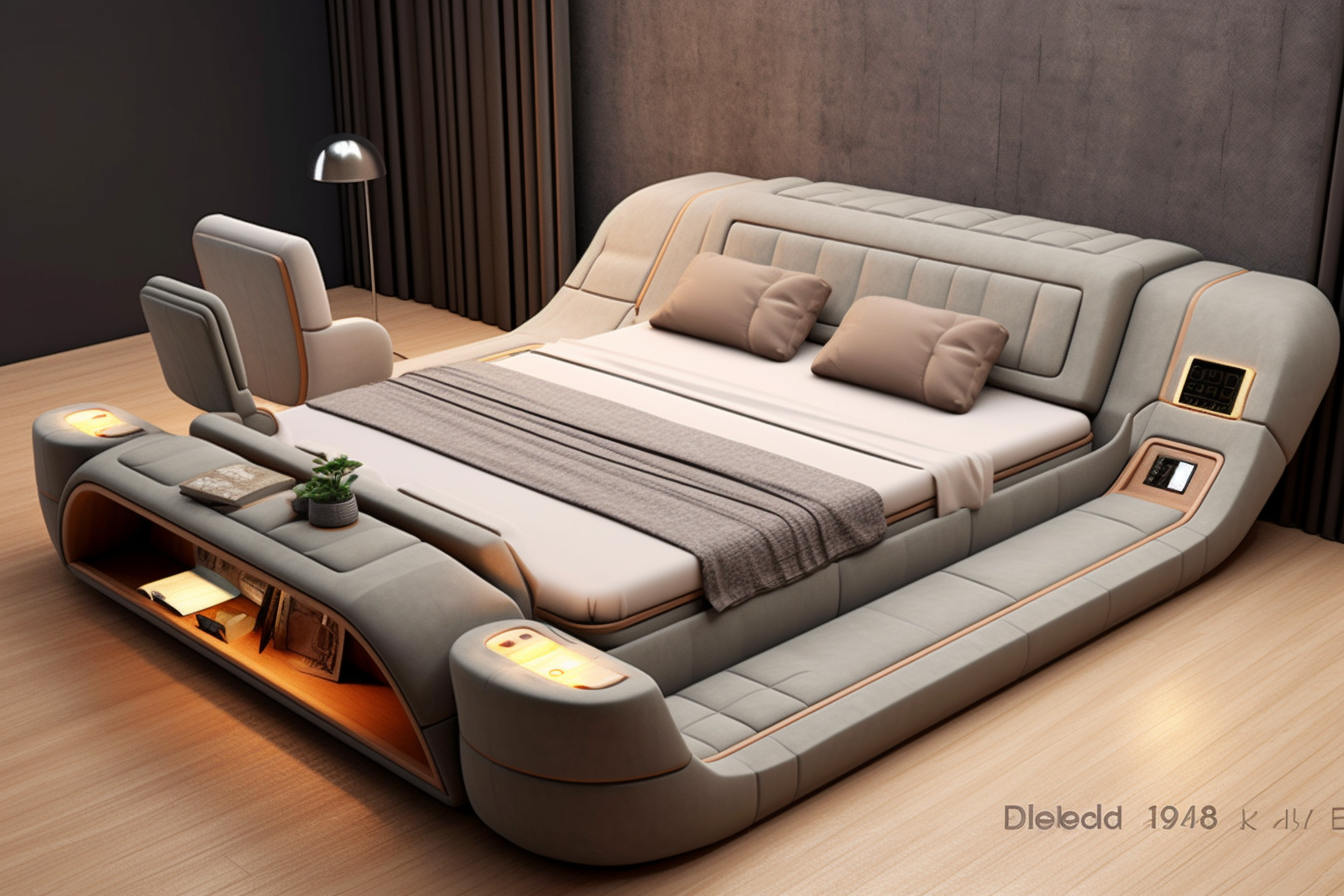Compact Storage Ideas That Maximize Everyday Usability
Smart compact storage can transform a small living area into a functional, comfortable space. This article outlines practical strategies—from integrated shelving and multifunctional furniture to material choices and circulation planning—to improve daily usability without sacrificing comfort or style.

Small living areas demand storage solutions that are both practical and unobtrusive. Compact storage should improve circulation, support seating and lighting choices, and integrate with textiles, flooring, and upholstery so the room feels cohesive rather than cluttered. Prioritizing ergonomics and comfort while considering acoustics and durability helps the space work for everyday routines. The following sections break down storage approaches that respect layout constraints, create natural zoning, and favor multifunctional pieces and sustainable materials for low-maintenance living.
Storage and layout
Effective compact storage starts with a layout that makes circulation intuitive. Place low-profile storage along circulation paths to keep walkways open while using vertical space—floating shelves, wall-mounted cabinets, and built-in niches—so flooring remains visible and easy to clean. Fit storage into alcoves or under windows to preserve sightlines. A clear layout plan prevents storage from encroaching on seating or lighting zones and helps maintain an ergonomic distance between frequently used items and seating areas.
Seating and upholstery
Choose seating that doubles as storage where possible: benches with lift-up seats, ottomans with internal compartments, or sofas with discreet under-seat drawers. Upholstery with durable, stain-resistant fabrics extends the lifespan of multifunctional pieces. Consider ergonomics—seat height and depth should match everyday use—so stored items are accessible without awkward lifting. Maintain a balance between comfort and storage capacity to keep the space inviting and practical.
Lighting, acoustics, and circulation
Compact storage should complement lighting and acoustics to preserve comfort. Use layered lighting—task, ambient, and accent—to highlight storage zones and ensure visibility when accessing items. Soft textiles and upholstered panels near shelving can help control reflections and reduce echo in tighter rooms. Avoid tall, solid storage units in narrow pathways; they can block light and impede circulation. Instead, select open shelving or translucent cabinet fronts that maintain a sense of openness.
Textiles, color and textures
Textiles, color, and textures play a key role in concealing clutter and creating unity. Coordinated storage baskets, fabric bins, and slipcovers can hide contents while adding tactile warmth. Choose a restrained color palette for large storage elements so they recede visually; use contrasting textures to add depth without visual clutter. Rugs and cushions should complement storage tones to create a cohesive appearance that supports both comfort and usability.
Multifunctional zoning and durability
Create clear zones—entertainment, reading, work—using multifunctional furniture to maximize square footage. A console that serves as an entry surface, media storage, and desk can define a zone while providing durable storage. Opt for materials rated for frequent use: plywood cores, metal hardware, and durable finishes resist wear. Durable construction reduces maintenance and replacement needs, which is especially important where compact storage gets daily use and frequent handling.
Sustainability and maintenance
Select sustainable materials and low-maintenance finishes for long-term usability. Reclaimed wood, certified timber, and high-quality recycled textiles reduce environmental impact while offering robust performance. Choose finishes that tolerate wiping and occasional deep cleaning without degrading. Planning for maintenance—removable liners in drawers, washable slipcovers, and accessible shelving—keeps compact storage functional and hygienic over time.
Compact storage that maximizes everyday usability combines smart layout, ergonomic seating choices, appropriate lighting, and coordinated textiles. Prioritizing circulation, zoning, and durability keeps the room comfortable and practical, while sustainable materials and straightforward maintenance ensure solutions remain useful over time. Thoughtful integration of storage with flooring, upholstery, acoustics, and color will help a compact living area feel organized and comfortable without sacrificing style.





